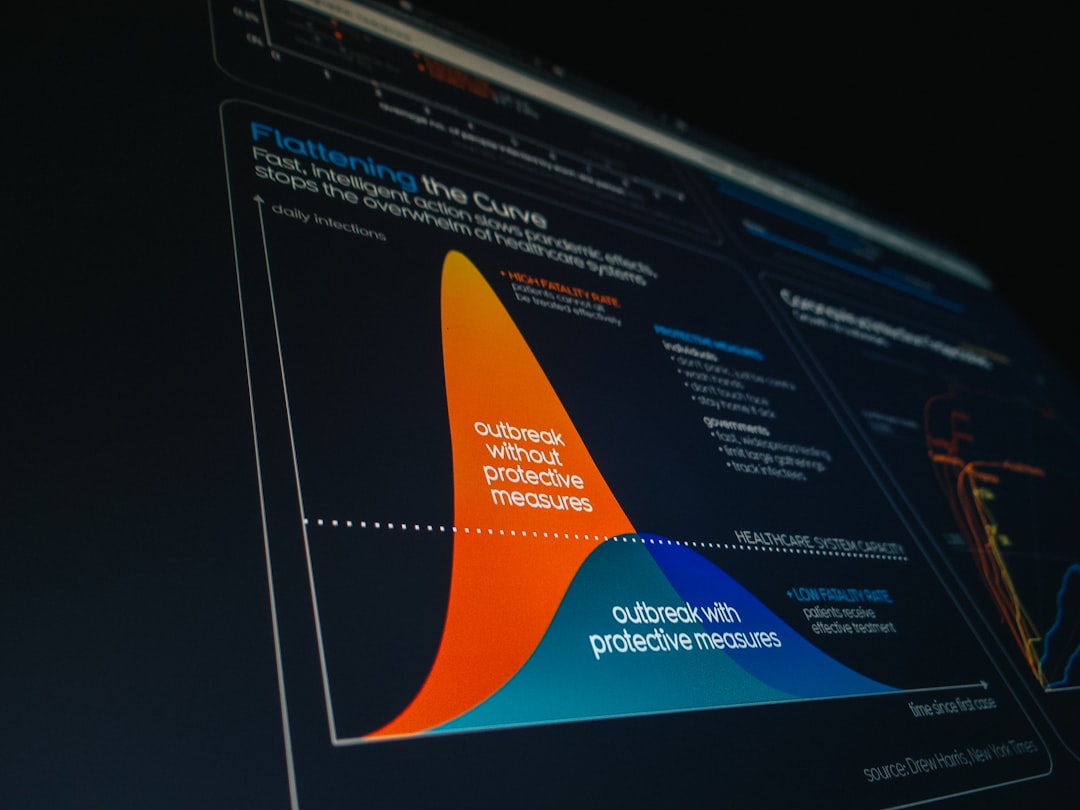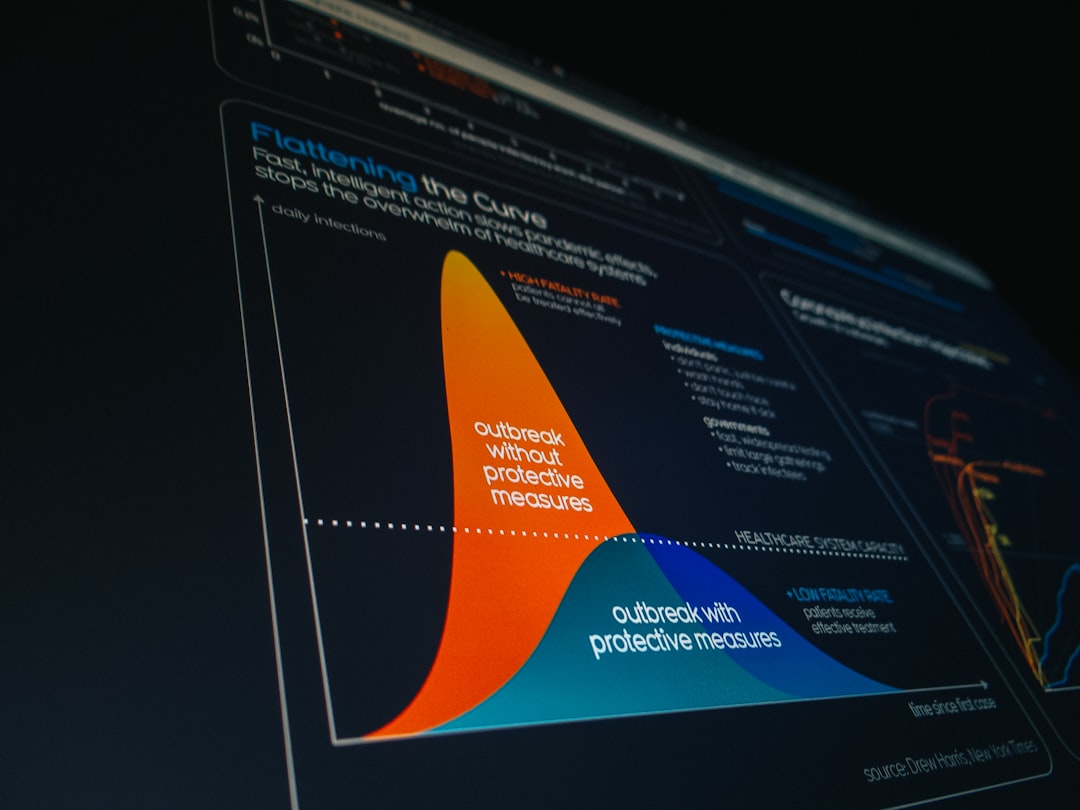In the modern data-driven business landscape, organizations are increasingly turning to Key Performance Indicators (KPIs) to guide decision-making, measure performance, and stay aligned with strategic goals. However, not all KPIs are created equal. There’s a growing need to distinguish between what we might call North Star metrics—those that truly reflect long-term value and organizational purpose—and vanity metrics, which may look impressive on paper but ultimately add little actionable insight.
This distinction is critical. Organizations focused on the wrong KPIs risk optimizing for the superficial rather than the substantive—investing time and resources into efforts that don’t lead to sustainable growth or customer satisfaction.
What is KPI Architecture?
KPI architecture refers to the structured design and organization of performance indicators that track the efficacy of strategies at different levels of an organization. This architecture should be aligned with both strategic and operational objectives, ensuring that each layer of the organization is working towards a common goal.
The purpose of an effective KPI architecture is to provide a solid framework for decision-making. It helps teams focus on what truly matters and keeps stakeholders aligned on progress and impacts, rather than on outputs and vanity.
Defining North Star Metrics
The term North Star Metric (NSM) is commonly used to identify the single most crucial measure of long-term success for a business. This metric should reflect the core value your product or service delivers to customers. It serves as a guiding beacon across teams, promoting unified direction and long-term thinking.
Some characteristics of a meaningful North Star Metric include:
- Value-centric – It represents the delivery of customer value, not internal successes.
- Predictive – It forecasts business growth based on customer engagement or satisfaction.
- Actionable – It can be influenced directly by changes in product or customer experience.
- Unifying – It aligns all departments toward common goals.
For example, a streaming platform might use weekly watch minutes per user as its North Star Metric. It captures engagement, speaks to long-term value, and can be impacted by content quality, recommendation algorithms, and product design.

Vanity Metrics: The Deceptive Indicators
In contrast, vanity metrics are performance indicators that might look impressive but don’t offer meaningful insight into business health. They’re typically surface-level numbers that reflect activity rather than impact.
Common examples of vanity metrics include:
- Total app downloads – Doesn’t account for active vs dormant users
- Website traffic – May spike due to irrelevant content or bots
- Total registered users – Without considering churn or engagement
- Social media likes – Lacks correlation with conversion or loyalty
Vanity metrics are dangerous because they can foster a false sense of accomplishment. They thrive in environments where performance is measured by noise rather than value, often misleading teams into effort-intensive but low-impact initiatives.
Why the Difference Matters
Measuring what matters is the cornerstone of a successful strategy. Choosing an effective KPI structure—where North Star Metrics sit on top, supported by operational sub-metrics—is essential to guiding an organization toward sustainable success. Here’s how a poor focus on vanity metrics can undermine that effort:
- Misaligned efforts – Teams might work hard to improve metrics that don’t contribute to actual growth.
- Short-term thinking – Vanity metrics often reward quick wins and instant gratification at the expense of strategic progress.
- Stakeholder disillusionment – Eventually, superficial gains are exposed, eroding trust in leadership.
North Star Metrics, on the other hand, create a culture focused on outcomes, not outputs. When properly integrated into a broader KPI architecture, they drive coherent goal-setting, resource allocation, and iterative improvement across product, marketing, support, and operations.
Designing a Robust KPI Architecture
So, how does one build a trustworthy KPI architecture that balances profitability with purpose? The answer lies in layering metrics thoughtfully within the organizational hierarchy and aligning each tier with the transformation of customer value.
1. Start with a Clearly Defined North Star Metric
This should be a single, high-leverage indicator that is tightly linked to value creation. For SaaS companies, this might be monthly active users performing a key action; for a marketplace, perhaps successful transactions per user.
2. Develop Supporting (Sub) Metrics
Surround your NSM with operational and tactical metrics that break down how different departments influence the core outcome. Examples:
- Marketing: Customer acquisition cost, lead-to-customer conversion rate
- Product: Feature usage, time to value, bug resolution rates
- Support: First response time, customer satisfaction score (CSAT)

3. Eliminate or Contextualize Vanity Metrics
Although vanity metrics shouldn’t drive decisions, they can still provide context when interpreted carefully. For instance, a spike in website traffic might precede a rise in conversions—but only if you pair it with engagement and conversion metrics. Use vanity metrics as signals, not goals.
4. Make KPIs Dynamic and Re-evaluated
What serves as a North Star today may become obsolete as a business evolves. A startup might shift from user acquisition to monetization, requiring a new focal point. KPI architecture must be reviewed quarterly or biannually to stay relevant.
5. Embed Metrics into Daily Operations
KPI dashboards and performance reviews should not be isolated reports passed among executives. Embed them in daily rituals and project evaluations. The architecture must be operationalized and democratized across entire teams, from interns to VPs.
Case Study: The Perils of Prioritizing Vanity Metrics
Consider a mobile app that tracks installs as its primary KPI. Marketing campaigns boost downloads significantly, earning internal praise. However, user churn remains high because users don’t find sustained value. Meanwhile, no one is measuring session length, customer feedback, or retention at day 7—metrics that would show the real health of the product.
Eventually, growth stalls. The company realizes too late that its true North Star—perhaps tied to a minimum number of meaningful interactions within the first week—was neglected.
Contrast this with a similar company that defines its North Star Metric as 7 meaningful sessions in 10 days. Their marketing and product teams co-own this goal. Every feature, tweak, and campaign is evaluated for its potential to influence it. While they might grow more slowly, their user base is far more engaged—and valuable.
Conclusion: Choose Significance Over Superficiality
KPI architecture is more than just a performance dashboard. It is an articulation of your company’s mission, strategy, and focus. North Star Metrics define where the company truly wants to go and how success is measured. Vanity metrics can distract from that vision, creating optical illusions of progress.
At its core, a robust KPI architecture encourages thoughtful prioritization and measurable progress. It ensures that metrics serve the mission—not the other way around.
Organizations that learn to distinguish the profound from the performative—and align teams around what matters—will be far better positioned to build lasting value for both customers and stakeholders.



